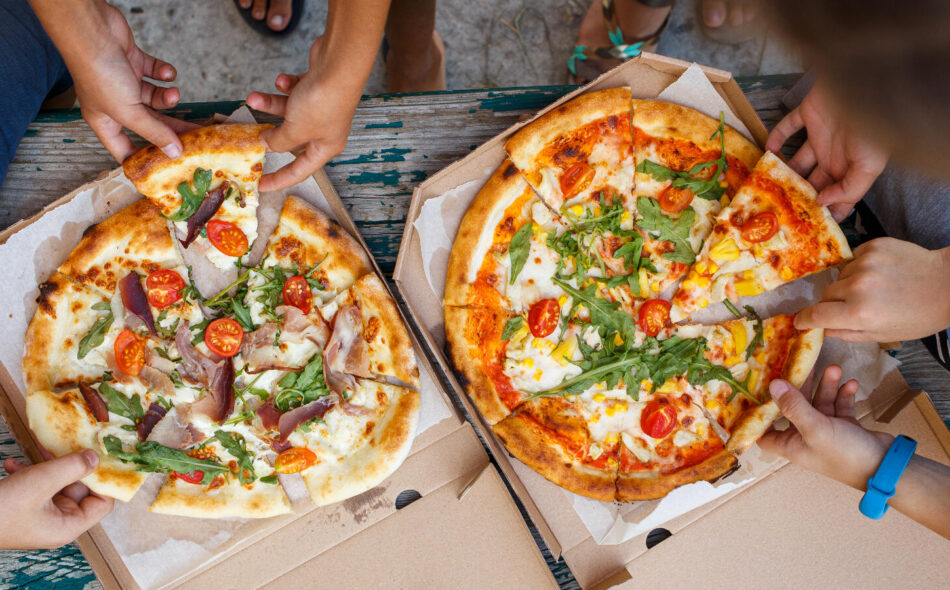Heavy-hitter DeFi protocols MakerDAO and dYdX are considering changing up their governance structures.
Blockchain protocols are commonly governed by decentralized autonomous organizations (DAOs), a collective of individuals who manage the groups’ treasury — with the goal of decentralizing decision-making. But, as a protocol begins to scale, and more money is at stake, DAOs, too, have been forced to incorporate bureaucracy.
In the case of MakerDAO and dYdX, both protocols have been actively flirting with the concept of subDAOs.
What is a SubDAO?
A subDAO is a new approach to addressing the operational challenge of delegating responsibility within a DAO — without sacrificing decentralization.
The setup is somewhat akin to a startup beginning to divide staffers into different divisions as the company scales.
SubDAOs have an independent foundation and ownership structure but are tied to the parent DAO in terms of mission.
David Gogel, head of growth and operations at dYdX, told Blockworks the purpose of moving into a subDAO structure is to “drive progressive decentralization over the protocol.”
“We envision independent groups really starting to own and run with different functional areas and aspects of the ecosystem,” Gogel said. “This way, community members can really orient around functional areas in the ecosystem and contribute in different ways.”
An example of a subDAO following the Guernsey purpose trust model
A subDAO is not new to dYdX.
Its first subDAO — the dYdX grants program (DPG) — was formed in March via a Guernsey non-charitable purpose trust — where an eight-person multi-signature committee was given $752,000 worth of DYDX tokens from the DAO’s treasury to oversee grant distribution.
Why the Guernsey model? It minimizes liability for the DAO and, especially, its committee, while giving the collective the go-ahead to engage in off-chain dealings. The arrangement also satisfies US payments tax and reporting requirements.
Gogel said company Reverie — which now oversees the DPG as the trust’s enforcer — compiled the proposal for the subDAO.
How it all works
“Ultimately they’re all accountable to token holders who vote to allocate a percent of the community treasury to fund a grant program,” Gogel said. “Should they decide, [token holders] can make changes to the trustees or to the enforcers or decide not to give them additional funding.”
In a blog post, the dYdX foundation proposed setting up several subDAOs — to position itself favorably ahead of its dYdX v4 mainnet launch.
“The Guernsey trust structure is widely circulated in the crypto legal scene and I think is viewed as a positive contribution to try to be legally compliant while still maintaining the ethos of a DAO,” Gogel said.
MakerDAO’s endgame plan through metaDAOs
MakerDAO, meanwhile, as one of the largest DeFi protocols, has been navigating complicated governance restructures as it attempts to align incentives.
In Rune Christensen’s “endgame” plan, the MakerDAO founder has proposed to split the DAO into smaller teams, or metaDAOs — each with its own governance token.
As a DAO expands, things can get complicated quickly, and metaDAOs could ease these tensions, according to Asad Khan, a MakerDAO participant and DeFi politician at Centrifuge.
“The idea of having some sort of metaDAO or subDAO, where it has its own governance processes, its own community of interested experts and participants [who] are removed from the everyday, but [who are] still tied back through good economics…[can] unlock the scale that Rune and others would like to see achieved with something like real world assets,” Khan said.
Although Khan is unsure exactly what the tokenomics of the metaDAO tokens would look like, he said that an initial AirDrop to the existing Maker community may be possible.
“There would be some kind of initial distribution mechanism — not sold like an ICO or anything — then over time I suppose you could exchange the tokens with others to transfer your share,” he said. “It would look at it almost like a derivative token of Maker from a governance standpoint.”
But not everyone is as optimistic.
The pseudonymous Park Y, a MakerDAO delegate, tweeted, “MetaDAOs are financially and politically linked to Maker by way of ownership and incentives. In this way [it’s impossible] to truly [separate] them from the parent org, and the risks borne by these entities perpetuate through the entire ecosystem.”
The slow path to decentralization
Of course, the risks that come with innovation should not be surprising.
“DAOs, fundamentally, are still trying to figure out how to align together and determine priorities,” Centrifuge CEO Lucas Vogelsang told Blockworks.
“We definitely haven’t figured out all the problems yet — but one of the most exciting and most important parts of decentralization is that we can coordinate beyond just the code as communities about what we do,” Vogelsang said.
Decentralized protocols are still working on the DAO playbook as they build their products, Gogel said, and a one-size-fits-all solution is likely not in the cards.
“I think the whole industry is very much in the experimentation phase,” Gogel said. “We’re committed to progressive decentralization, being pragmatic and not doing things too quickly but rather, spending a lot of time thinking about sequence and how to make it fair and inclusive and transparent as much as possible.”
Get the day’s top crypto news and insights delivered to your inbox every evening. Subscribe to Blockworks’ free newsletter now.
The post What Is a SubDAO? A Way To Keep Governance Decentralized appeared first on Blockworks.



 (@MattFiebach)
(@MattFiebach) 
 ETHLisbon (@park_eth)
ETHLisbon (@park_eth)